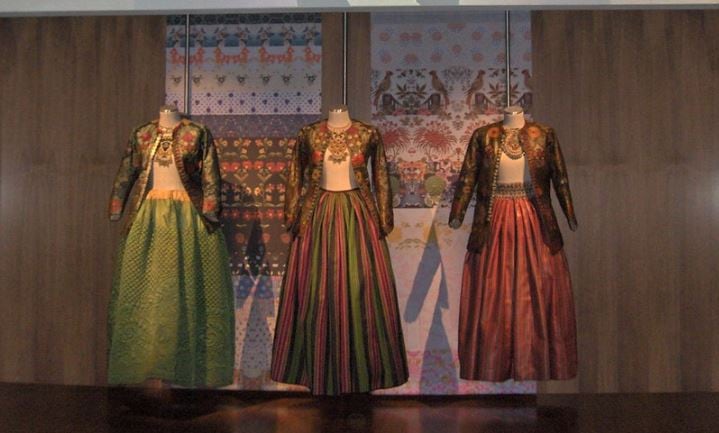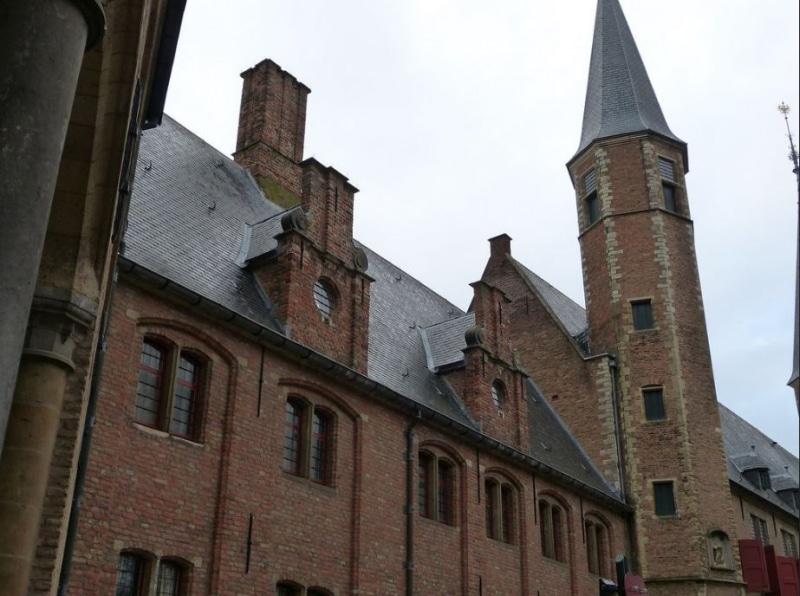Zeeuws Museum
Removed from Unnamed collection





Source: Sam Zoon Images may be subject to copyright. Learn More
Nestled right in the heart of Middelburg, the Zeeuws Museum offers a fascinating glimpse into the rich history of Zeeland. Housed within a stunning old abbey, this museum is a treasure trove of cultural artifacts that tell the story of this unique region. You’ll be captivated by the historic wall tapestries, exquisite regional costumes, and intriguing archaeological finds that each have their own tale to tell.
The collection of wall tapestries at the Zeeuws Museum is truly its crowning glory. These masterpieces were commissioned by the Provincial Executive of Zeeland, with the first tapestry illustrating the battle of Bergen op Zoom in 1591. Completed four years later, the success of this project spurred the creation of additional tapestries, each depicting different naval battles significant to Zeeland’s history. After being scattered during and after World War II, these magnificent works have finally been brought back together at the Abbey of Middelburg, where they continue to impress visitors with their detailed storytelling and artistry.
While you’re there, take a moment to appreciate the stunning architecture of the abbey itself. Its historical charm and serene ambiance provide the perfect backdrop for the museum's collection. If you have a penchant for history or simply enjoy beautiful art, the Zeeuws Museum is a must-visit. Plus, the city of Middelburg is a delightful spot to explore, offering charming streets lined with cafes and shops. It's a place where history and modern-day life blend seamlessly, making for a truly memorable experience.
 Sam Zoon
Sam Zoon  Netherlands
Netherlands